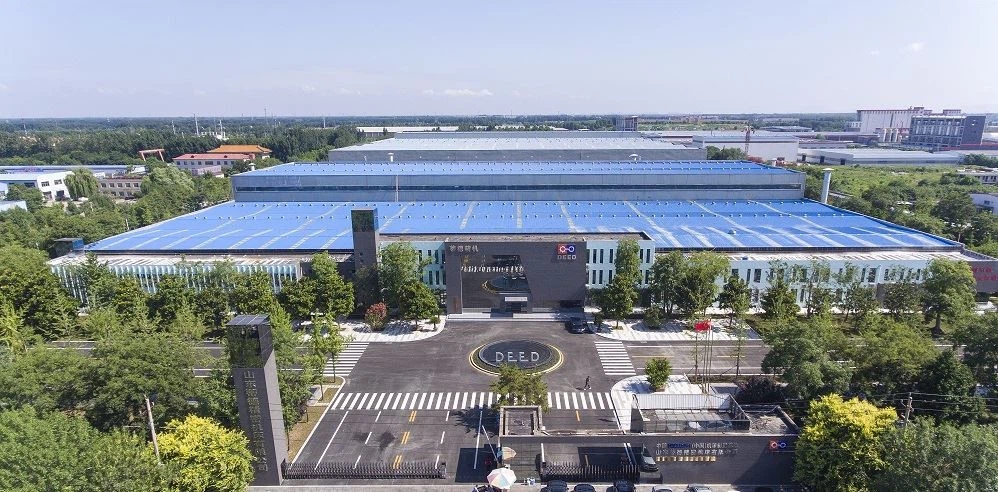How To Implement Carbon Neutrality For Machine Tool Companies
Global warming is an indisputable fact. It is also well known that global warming is directly related to carbon emissions from human activities. In order to cope with climate change and take up the responsibility of environmental protection of large developing countries, China has set a goal of "striving to achieve the peak of carbon dioxide emissions by 2030 and carbon neutrality by 2060". To achieve the "dual-carbon" goal, industrial enterprises have unshirkable responsibility.

The comprehensive measures formulated in the implementation of carbon neutrality can be summarized as three greens: green machine tools, green mode, and green technologies. The green machine tool concept refers to the entire life cycle of the machine tool, from the procurement of raw materials to the manufacture and assembly of the machine tool, to the packaging and transportation of the product, to achieve green and low carbon in all links. Regarding the calculation of carbon emissions, it is classified according to the following three ranges:
Range 1: Direct carbon emissions. Including: carbon emissions from the production and production of fuels for heating and power generation and refrigerants; carbon emissions from fuel consumption in rented cars or shared vehicles; and carbon emissions from industrial trucks in use.
Range 2: Indirect carbon emissions related to energy repurchase.
Range 3: Upstream and downstream carbon emissions and within the company. The main sources of carbon emissions are: Category 1: Purchase of production materials; Category 2: Capital goods (this type of carbon emissions account for a small proportion of total emissions, and there is currently insufficient reliable original data); Category 3: Fuel and energy-related business activities; category 4: upstream transportation and logistics; category 5: waste generated within the company; category 6: employee business travel; category 7: employee commuting routes (transportation); category 8: Goods leasing (which has a great impact on business activities, although it belongs to the upstream category, it is included in range 1).
For the carbon emissions involved in business travel and commuting of employees, it is necessary to calculate the different ways employees use airplanes, car rentals, public transportation, etc., evaluate the necessity of business trips, and encourage video conferences. In terms of employee commuting, measure the consumption of self-driving cars (cars with different power sources), public vehicles, or public transportation.
Related specific measures mainly include: (1) The combined use of thermal power plants and absorption chillers to enable new energy-saving buildings. (2) Improve heating control and factory control systems; improve heating control and replace compressors; (3) The paint shop should be improved, such as the adoption of new factory technology, heat insulation devices and LED lights. These measures will actually help companies reduce a lot of carbon emissions.
Pay attention to some details of emission reduction in daily work, turn off machinery and power-consuming equipment in time after working hours, avoid compressed air pipe leakage, insist on turning off lights and turn off air conditioning; use lighting and air conditioning carefully in the office, and turn off heating and non-heating areas. Between the door, try to use online communication and avoid the use of office materials, and so on.